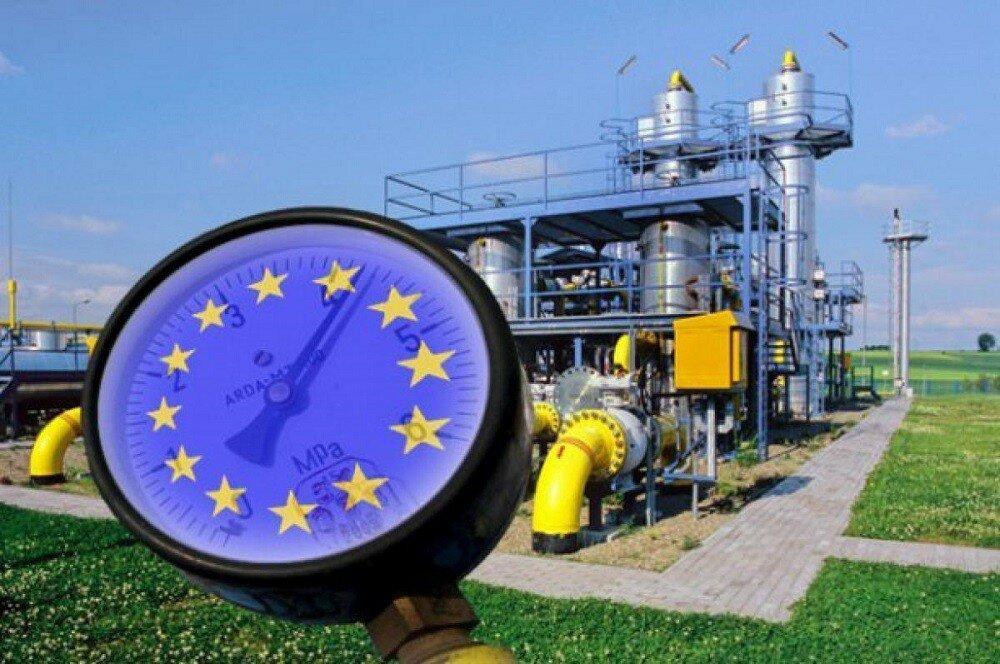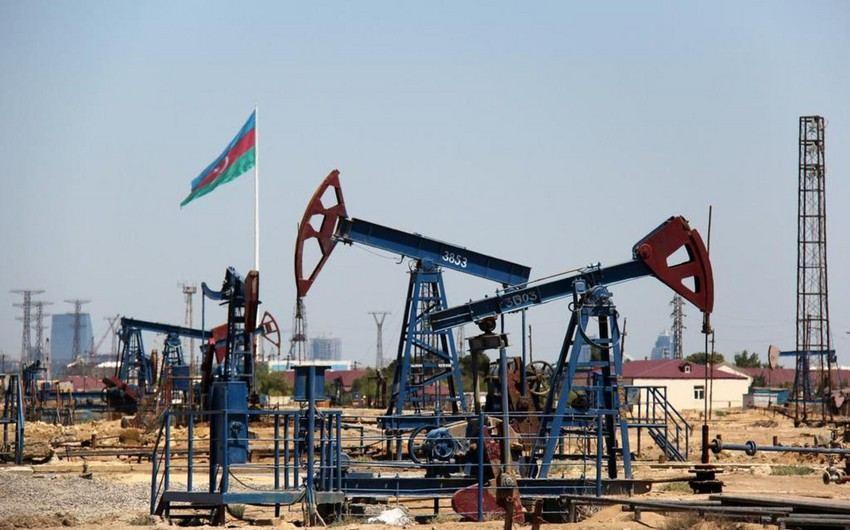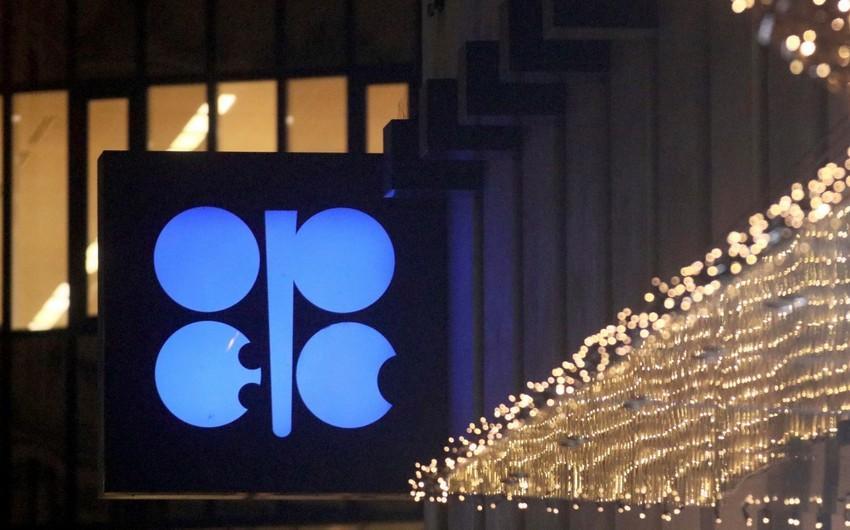Oil market tug-of-war: Bracing for bulls and bears standoff Azerbaijan eyes production stability
In the late hours of October 1, Iran launched a missile barrage against Israeli territory, unleashing approximately two hundred ballistic and cruise missiles, along with drones. This escalation in the Middle East has prompted a noticeable spike in oil prices, with the price of Brent crude surpassing $75 per barrel for the first time since September 24. The situation is further intensified by Israeli forces’ mobilization near the Lebanese border, Prime Minister Benjamin Netanyahu’s warning of severe consequences for Iran’s missile attack, and Tehran’s retaliatory threats of “massive destruction.” Such developments heighten concerns about a potential wider conflict, setting the stage for "bullish" trends in the energy market.
Historically, as the last fifty years have demonstrated, active phases of geopolitical tensions and military confrontations — particularly in the Middle East — have a direct correlation with oil price fluctuations. The most significant repercussions for the global economy were witnessed in October 1973, amid another Arab-Israeli conflict when OPEC members, alongside Egypt and Syria, declared an oil embargo on the United States, the United Kingdom, Canada, the Netherlands, and Japan, which had supported Israel during the so-called “Doomsday” war. Over the subsequent year, oil prices surged from three to twelve dollars per barrel, inflicting severe damage on the global economy, leading to the transition from the Bretton Woods system to a floating exchange rate system, and triggering an unprecedented rise in gold prices.
In subsequent years, the pattern of “wars fueling rising oil and gold prices” has proven consistent, contributing to energy crises. Similar trends were evident during Iraq’s invasion of Kuwait and the ensuing Persian Gulf War in 1990-1991, as well as in 2012 when Iran mined the Persian Gulf. However, the most significant energy crisis of the 21st century erupted with the onset of the Russian-Ukrainian war in February 2022, coupled with a subsequent sanctions standoff. This crisis inflicted substantial damage on the EU economy, leading to a decline in GDP and the closure of numerous energy-intensive industrial operations across Europe.

The energy market witnessed another surge in volatility after the escalation of conflict in the Gaza Strip last October. Further fueling the instability, Iran launched a missile strike in April, and Yemen's Ansar Allah rebel movement initiated attacks in November 2023, targeting cargo ships and tankers passing through the Red Sea and Bab el-Mandeb Strait using drones and anti-ship missiles (ASM). Despite efforts by an international coalition led by the U.S. and U.K. throughout 2024, Houthi militants continue to strike vessels en route to the Suez Canal, creating ongoing disruptions with varying intensities.
After a brief summer respite and peace talks surrounding the Gaza Strip, which temporarily stabilized oil demand and prices, tensions have flared once again in the Middle East. Iran's recent missile attack on Israel has caused a sharp rise in oil prices, pushing benchmark brands upward. December futures for Brent crude on London's ICE Futures rose by 5.01%, reaching $75.26 per barrel, while Azeri Light crude oil saw a $2.5 increase, or 3.33%, bringing its price to $77.69 per barrel.

The Iranian missile attack on Israel, intercepted by Israeli and allied air defences, caused minimal damage to populated areas, and military, and industrial facilities. However, U.S. energy giant Chevron made the notable decision to temporarily shut down two major gas platforms, Tamar and Leviathan, located offshore Israel. Media commentaries on October 2 morning suggest that the expert community anticipates the conflict will escalate further. According to Bloomberg, the situation is likely to intensify following weeks of Israeli airstrikes on Lebanon and a ground operation by the Israel Defense Forces (IDF) aimed at eliminating Hezbollah militants supported by Iran in southern Lebanon.
Prime Minister Benjamin Netanyahu's stern warning that Iran would "pay dearly" for its missile strikes, alongside Tehran's retaliatory threats of "enormous destruction," has heightened fears of a broader conflict. As reported by The Washington Post, Israel has hinted at possible strikes on Iranian nuclear or oil facilities should the missile attacks continue. Given Iran's daily oil production of 3.2 million barrels, with half of this volume destined for export, any significant damage to its oil infrastructure could have severe ramifications for the global energy market, causing sharp fluctuations in oil prices and supply.

Iran’s head of the Foreign Ministry, Abbas Araghchi, issued a stark warning to Washington via Switzerland, cautioning the U.S. not to intervene following Tehran’s missile strike on Israel. According to The New York Times, citing officials from the Islamic Revolutionary Guard Corps (IRGC), Iran has prepared "many hundreds of missiles" in case Israel or the U.S. retaliates.
In a worst-case scenario, Iran could mine and block the Strait of Hormuz, a critical artery through which 20% of the world's oil supply passes each day. Furthermore, other key oil transhipment chokepoints in the region, such as the Suez Canal and the Bab el-Mandeb Strait, could also come under threat from Iran-backed Ansar Allah forces. With tensions running high, it remains uncertain how the conflict in the Middle East will unfold, yet the implications for the global energy market are substantial.
"Oil market dynamics will depend on the scale and damage caused by Iran's attacks, which, in turn, will determine Israel's response: escalation could gain momentum, leading to the maintenance or even increase of the geopolitical premium in the cost of oil," RBC news agency reports, citing Rapidan Energy President Bob McNally.
This fall is expected to be challenging for the energy market, with the risks of a broader war increasing volatility. However, even in the case of negative scenarios, analysts caution against a significant long-term rise in oil prices.
A negative factor for oil prices could be the resumption of production in Libya.
UBS analyst Giovanni Staunovo noted, "Libya plans to restore production after the two rival governments in the country reached a compromise on control over the Central Bank of Libya and oil revenues."
This development could exert downward pressure on oil prices and offset the impact of geopolitical tensions.
According to a poll of 41 analysts and economists conducted by Reuters in the second half of September, the average price of Brent crude oil in 2024 is expected to be $81.52 per barrel, marking the lowest forecast since February.
"The current weakening in oil prices is partly due to market concerns about how and when OPEC will restore production, as well as deteriorating demand figures in China," commented Roger Reed, an expert from Wells Fargo.
Most analysts agree that the risk premium traditionally embedded in oil prices during military conflicts has diminished due to abundant supply. This is largely influenced by OPEC+ plans to boost production by an additional 180,000 barrels per day by the end of this year. Both OPEC and the International Energy Agency (IEA) revised their global demand growth forecasts downward in September, citing slower consumption in China. Notably, OPEC cut its annual forecast for the second consecutive time, reflecting the persistent uncertainty surrounding global demand.
"By the end of the year, oil prices could fall to $50 per barrel if the OPEC+ countries fail to adhere to agreed production limits," The Wall Street Journal (WSJ) reported, citing Saudi Arabia's Energy Minister, Abdel Aziz bin Salman Al Saud.
Despite this, there is a possibility that OPEC+ will seek to avoid such a scenario by keeping prices within a manageable range of $65-75 in the coming months.
The upcoming OPEC+ ministerial monitoring committee meeting in December is expected to address easing production restrictions.
"We expect OPEC+ to go for a production increase in December," stated Mike Hay, an expert at Societe Generale. However, he added, "Given the weak demand outlook and the rising commercial reserves in OECD countries, a complete removal of production quotas is out of the question, as this would trigger a price collapse."

Azerbaijan is keen to maintain stable oil prices through the end of the year, as prolonged declines could pose risks to budget revenue replenishment. The nation's state budget is predicated on an oil price of $75 per barrel, and a drop below this threshold could reduce income for the State Oil Fund (SOFAZ). However, despite the uncertain outlook in the global energy market, the Central Bank of Azerbaijan (CBA) remains optimistic.
"To maintain Azerbaijan's balance of payments, the price of Azeri Light oil should range between $40-45 per barrel. At the moment, there is no reason to worry about oil prices," said Samir Nasirov, director of the CBA's Statistics Department, during a media briefing in late September.
The recent "bearish" trend in the commodity market seen in September may soon give way to a "bullish" rise, driven by escalating tensions between Iran and Israel. This could help maintain the annual oil market indicators at a stable level. For 2025, Azerbaijan's draft state budget forecasts oil prices at $70 per barrel, or possibly lower.
During negotiations with foreign oil companies, Azerbaijani President Ilham Aliyev emphasized the need to address shortcomings in oil production and ensure stability in the extractive industry. He pointed to significant progress in recent months, expressing optimism that unjustified declines in production will be avoided. President Aliyev assured that both government structures and the State Oil Company of Azerbaijan (SOCAR) will continue to focus on these efforts. Stabilizing oil production, he noted, will be vital for offsetting potential losses from any decline in global oil prices in 2025.
The Azerbaijani government remains committed to mitigating the impact of fluctuating oil prices on the economy and ensuring steady production to safeguard its fiscal outlook.








